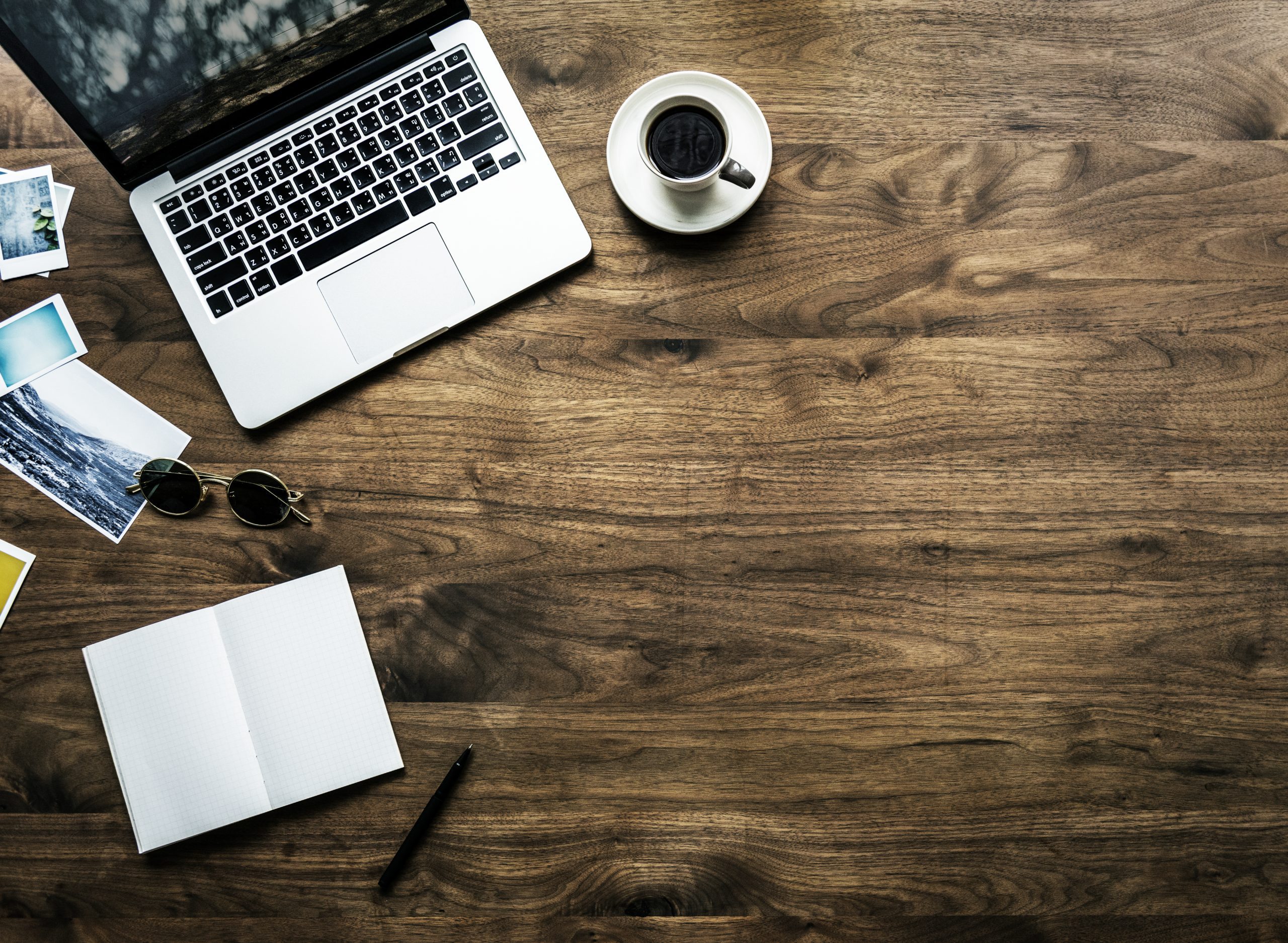In the early days of lockdown life when scores of how-to-work-from-home advice posts were flooding the WWW and social platforms, I kept schtum on the topic. Reading fellow writers’ advice to newly house-bound workers on how best to cope, I was shocked at my own flakey organisation and unstructured days. But I imagine now people have found their rhythm and perhaps even are enjoying new found freedom. Freedom not from duties and workload but from deciding, to a greater level, the working environment.
But after more than 100 days of lockdown and closed offices, is the honeymoon of working from home over? Will it funk in September when summer is fading and the English winter looms? Or perhaps, is this the start of something that’ll stick in the suddenly fast-moving revolution of remote working?
What’s for sure is that with it come new troughs and lows, especially now that WFH really does mean ‘working from home’ with cafes, galleries, libraries and parks closed. Working between four walls really is limiting. But over some years of self-employment and WFH I’ve found (by default) a method that works – one with less stress and with a much better work-life balance, that’s seen happy to be working from… well, anywhere.
Now this is a luxury of a WFH-er to explore what kind of worker you are.
I’m an early morning – late afternoon through evening worker – something that’s forever frustrated partners and housemates encroaching into societal prescribed social hours. On the negative side it’s taken toll on work and productivity, being someone who can’t resist the evening antics and the offer of a social occasion. The again it’s something that’s shaped my career and brought me to here and now. I’m a sports and travel journo so i often have to fit in writing around activities and locations, and file – often on different time zones, in difficult working circumstances.
This is essentially a turbo-charged trial of a revolution that is slowly happening anyway. Months back, Twitter announced that its 4k employees could work from home indefinitely. Facebook and Google announced working would be remote until at least the end of the year. Wordpress founder Matt Mullenweg has a 1000+ workforce that is ‘fully distributed’ (his words) hired from and on the job across the world. He claims that people are just as effective working their day or most productive hours remotely. What’s more, he claims that by working a day and passing the baton over to those working in America, Europe or Asia Pacific he runs what’s essentially a 24-hour cycle, an effective model that cuts down on time completing work could take another global organisation three days, over time zones. It’s quite some picture of universal utopia. Whether this could/will be the new norm is another story. But what studies have shown already is that more work is done from home, shorter breaks are taken, as are fewer sick days. Productivity is up, and by a decent 13 percent. And I personally understand how, having done both. I remember arriving at the office with a not-in-the-mood-attitude, feeling like my job was done, just being present. I know I can be more productive without those stressful two hours on a daily commute, spent instead sleeping, exercising, making breakfast, going for a walk – nearly anything is better than rush hour travel.
I also know the feeling of isolation, its toll on mental health, the tricky elements and frustrations of homelife (whether it be a lack of space, unstable wifi, children, neighbours) that has stemmed from working from home. And this is to be managed and, like a new office space, can take time to settle into. Perhaps it’ll be a whole new kettle of fish.
It will be interesting to see how social life will realign, without post-work pub sessions and daily office check ins and chit chat. How do we build connections or maintain them virtually? Will we see more team-building days (please God, no) or ‘connection days’ where all staff are to be in the office every Friday, say, for meetings and catch ups, bringing that which virtual conversations can’t with colleagues and, well, humans. A changing day between companies will surely help congestion and pollution in towns and cities? Will we find ourselves going away for weekend more, having spent the week at home, will our social lives need to delineate?
There’s already more than chat about city dwellers moving out to the countryside. Why live in certain geographical spaces that are busy or expensive if we don’t need to commute into the office. Will dwellings need to be bigger and offer more, especially if they hold more than one person? In a global setting, with a distributed workforce, there’s a worldwide talent pool to tap into. We could gain (or lose out on) job opportunities in an extended marketplace, and while time zones and meeting schedules add complexity it’s certainly not impossible, already the ways in the tech world, especially on Greenwich Mean Time.
Managers’ concerns around trusting employees must by now be allayed. Laziness or poor results don’t take long to come out in the wash. But check this if you’re worried you don’t concentrate or work hard enough: Research has shown that we are productive for around 2-3 hours a day in the office. Now there are distractions in a home environment, of course. Digital distractions, for a start. But I’m pretty sure that even on a bad day WFH I’m applied for at least a couple of hours, maybe even periods of uninterrupted hours. But I’ll skip over Death-by-Zoom and the optician’s ever-growing waitlist for stronger prescriptions.
But this isn’t a promo for full time remote working. People distractions can be very welcome, and great for collaborations and forming connections. While the spatial and (proverbial) 9-5 constructs of an office keep us on track, at home there are little or none. I hear a lot that life has felt like Groundhog Day. Without structure we can struggle. And this is where I’m (nearly) getting to the point. I’m not about to prescribe the menial morning routine of showering and getting dressed. I’m trusting all the sanctimonious BS advice at the start of all this was simply supportive reassurance that WFH is, in fact, possible – that there are those of us who successfully do it without coming off the rockers. I’ll bet (and I know some of them do) that every one of these home-working writers and bloggers take long (day-long) breaks to socialise, surf, bike or nap instead of duly tapping away when the weather allows or opportunity arises.
What we need to now look at, as we get used to the reality and experience, is – what is our Chronotype? What are the peaks and troughs of our energy levels? When we understand the manifestations of our individual rhythms and physical processes, we can boost our health, happiness and productivity. And in this new age where the confines of working are TBD (and why not by us?) can we get our natural rhythms to work for us better and lead the way we work? So, with this bird metaphor using larks, hummingbirds and owls – stick with me – which are you?
The majority of adults are hummingbirds and in our society, work and transit schedules, as well as other social functions, are generally based around the habits of hummingbirds. They generally wake up around 7 AM and go to sleep around 11PM. During the day and evening they manage to stay relatively alert and efficient though they may feel a brief slump in the early afternoon. Larks are those of us that wake up at 5.30 AM with no alarm and do our best work in the morning. Owls are at the other end of the spectrum and have their best brain power in the evening and at night, and make up about 20% of the population. So how do we set up an ideal day from home? Larks and hummingbirds should engage in the challenging brain power and heavy work during morning hours. But for owls, is it in their best interest to even be at the computer before 11 in the morning?
While all this is still up in the air, while there’s still the chance to pave the way in what our working hours and day should look like in this mighty upheaval of working life, we need to figure out our own patterns and make it work for us. There’s going to be a new landscape and era of professionalism so perhaps it’s something we’d be best to grab by the horns now, whether we have a job that will see some renegotiating or whether we’re back on the market and looking for something new to make it work.
So far I’ve noted this about myself. I’m an endless mover and drifter, leaving a trail of hardly touched cups of herbal tea around the house as I re-camp from the kitchen table to the sofa, to the windowsill, to bed. I save money on off-peak yoga classes, on lunches, on grooming gear. I luxuriate in taking day-time baths and lunch breaks that last into late afternoon. I get a second wind at 4pm that lasts into late evening – something that frustrates partners as it eats into prescribed social, off-duty hours. I’ve also got a long list of London’s best (free) work spots which I can’t wait to visit once we’re no longer marooned at home.
But in a world that’s evolving, so suddenly with this kick up the arse, we’ve had time to reset, think and prioritise. To work out our next steps. During a year of unease are you pining for comfort? Or simply for a post-covid world where we’re allowed back out, where we’re not scared of picking up germs, where we can socially non-distance again. One thing for sure is that it’s not returning to ‘normal’ and we must adapt. On the grand scale I hope it to be to a place of greater fairness and safety for the people and our planet. On a smaller scale, how do we want it to look for us as individuals?

